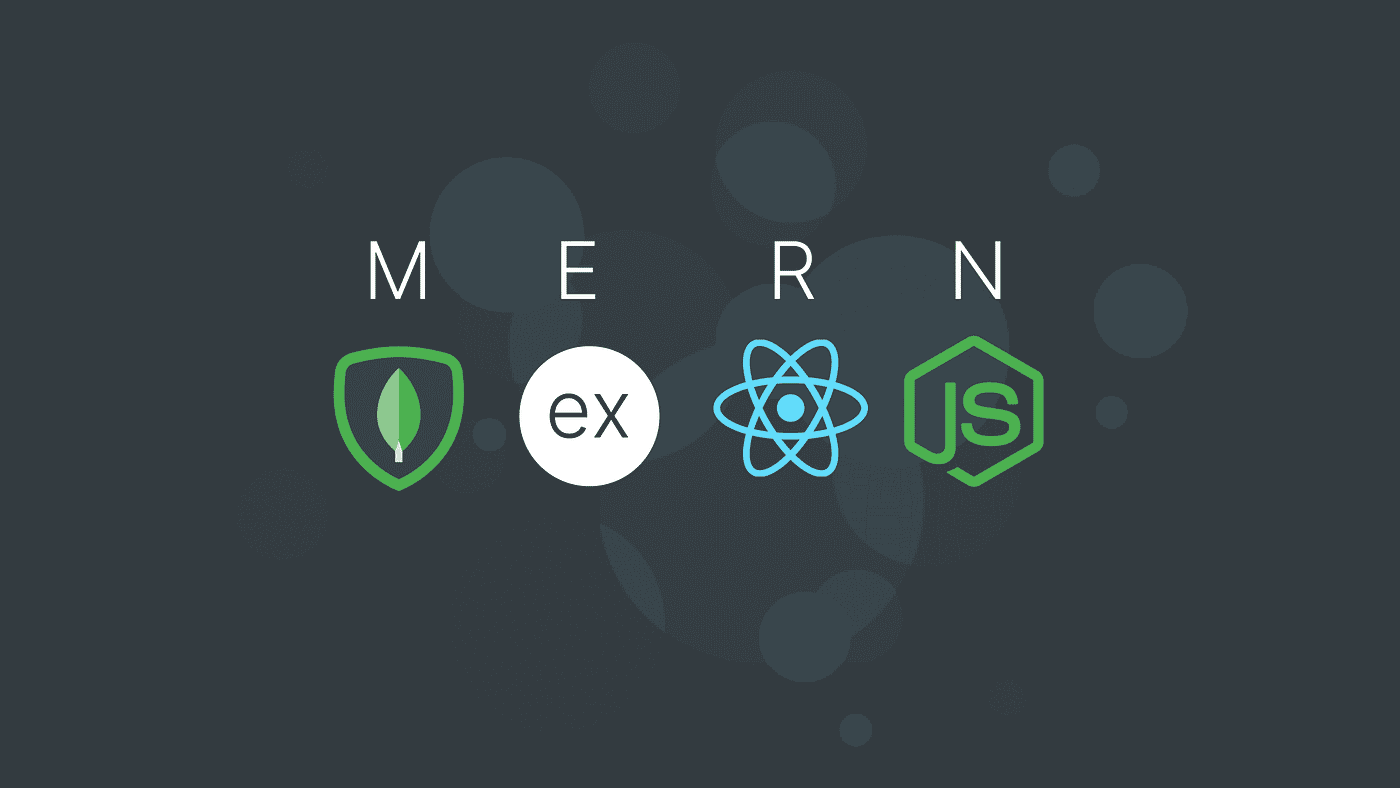Introduction
The MERN stack is a JavaScript-based full-stack development framework. This framework comprises of four major technologies: MongoDB, Express.js, React.js, and Node.js. While MongoDB is a NoSQL database, Express.js is a web application framework for Node.js. The React.js component in MERN is a JavaScript library for building user interfaces in MERN Stack. Node.js is a runtime environment for executing JavaScript code on the server side. The MERN Stack Full Course provides the best guidance to aspiring professionals in using this framework more effectively. In the MERN stack architecture, MongoDB serves as the database layer, Express.js handles the server-side logic and API endpoints, React.js manages the frontend user interface, and Node.js powers the server-side logic and serves the client-side application, offering a unified JavaScript-based development stack for building web applications.
This guide provides insight into the architecture of the MERN Stack while understanding the Modular Architecture. Keep reading this section to know more.
What Is The Modular Architecture?
Modular architecture refers to a design approach where a system is divided into separate, self-contained modules, each responsible for a specific aspect of functionality. These modules are designed to be independent, reusable, and interchangeable. Also, this allows for easier development, maintenance, and scalability of complex systems.
In a modular architecture, each module encapsulates a set of related functionalities and interfaces with other modules through well-defined interfaces. This separation of concerns enables developers to work on different parts of the system simultaneously without affecting each other’s work. Additionally, modules can be easily tested, modified, and replaced without impacting the overall system, facilitating easier maintenance and updates.
Modular architecture promotes code reusability by allowing developers to leverage existing modules across multiple projects or parts of the same project. This reduces development time and effort by eliminating the need to recreate functionalities that have already been implemented. Moreover, the MERN Stack Certification course trains aspiring professionals to use the Modular Architecture concept for greater efficiency.
Furthermore, modular architectures enhance scalability by enabling systems to grow and evolve incrementally. New functionalities can be added by simply integrating new modules into the existing system, rather than rewriting or restructuring the entire codebase.
Overall, modular architecture improves code organization, promotes reusability, facilitates collaboration, and enhances scalability, making it a popular design approach in software development.
How Does MERN Stack Support Modular Architecture?
Let us now look at how MERN Stack utilizes Modular Architecture for greater efficiency.
Component-Based Frontend Development
In a MERN stack application, building the front end with React.js means creating reusable parts called components. One can join the MERN Stack Full Course to learn web development using this framework. Furthermore, each component, like a navigation bar, can be used over and over again across different pages, making it easier to build and maintain the user interface.
Modular Server-Side Development with Express.js
Express.js, on the server side, helps to organize the code into modules. For instance, you can have separate modules for handling user-related tasks like registration and login and another for managing posts. This makes it simpler to manage and add new features to the server-side code.
Separation of Concerns
Separation of concerns in a MERN stack app means keeping different tasks, like storing data (MongoDB), handling server logic (Express.js), and designing the user interface (React.js), in separate parts. Moreover, this makes the code easier to understand and maintain.
Dependency Management, Testing And Deployment
Managing dependencies with tools like npm or yarn ensures that each module has what it needs to work independently. And when it comes to testing and deploying updates, the modular architecture makes it easier to check and update each part of the app without causing problems elsewhere.
In simpler terms, using the MERN stack with modular architecture makes building, testing, and updating web applications smoother and more efficient.
Benefits Of The Modular Architecture
Modular architecture offers several benefits for software development:
- Reusability: Modules can be reused across different parts of the application or even in other projects, reducing development time and effort.
- Maintainability: With code organized into separate modules, it’s easier to locate and fix issues, update functionality, and make changes without impacting the entire system.
- Scalability: Modular systems can be easily scaled by adding or removing modules as needed, allowing the application to grow and evolve.
- Collaboration: Modular architecture promotes collaboration among developers by allowing them to work on different modules simultaneously without interfering with each other’s work.
- Flexibility: Modules can be replaced or updated independently, allowing for greater flexibility in adapting to changing requirements or technologies.
Conclusion
In summary, the MERN stack, with its modular architecture, empowers developers to create scalable, maintainable, and efficient web applications. One can join the MERN Stack Certification training program to learn industry-relevant skills. By embracing modular design principles, MERN applications benefit from improved code organization, enhanced reusability, and streamlined development processes. Moreover, this ensures long-term success in the rapidly evolving digital landscape.










I don’t think the title of your article matches the content lol. Just kidding, mainly because I had some doubts after reading the article.
Thank you for your sharing. I am worried that I lack creative ideas. It is your article that makes me full of hope. Thank you. But, I have a question, can you help me?